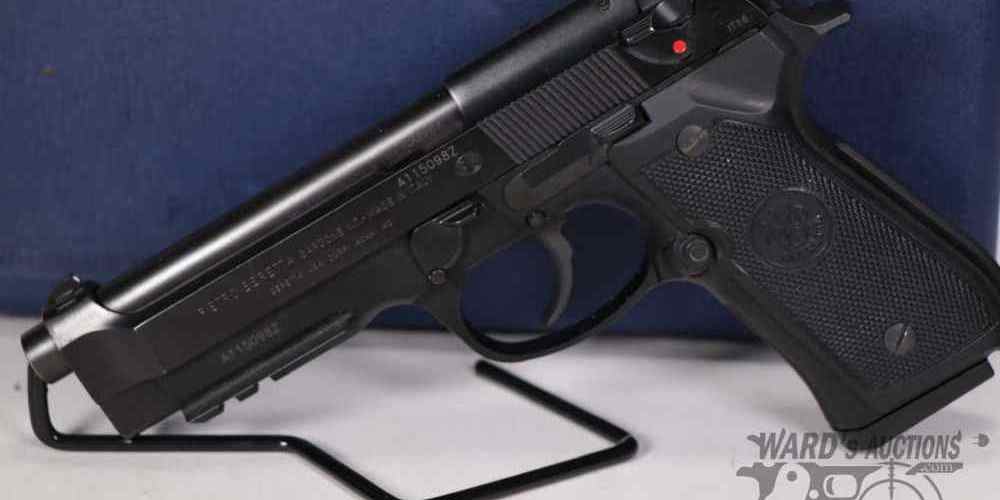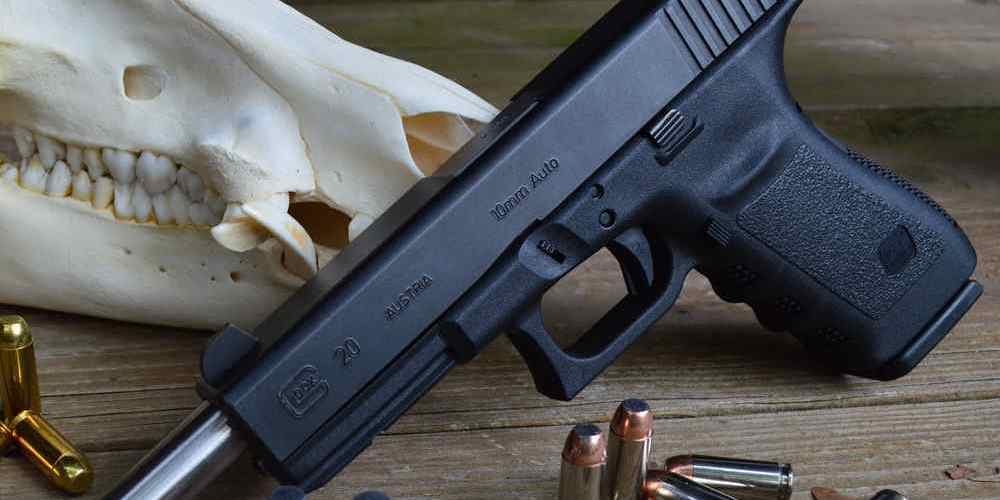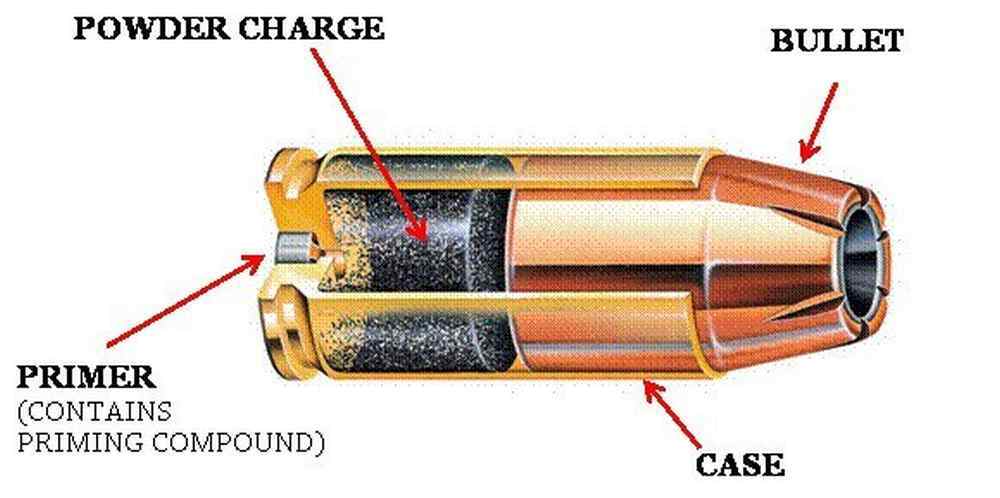Exploring the History of 9mm Ammunition
When it comes to firearms, one of the most popular calibers in use today is the 9mm. This versatile round has a long and storied history that has shaped its development and adoption by military forces, law enforcement agencies, and civilian shooters around the world. In this article, we will delve into the history of 9mm ammunition, from its origins to its modern-day applications.
The Origins of 9mm Ammunition
The 9mm cartridge traces its roots back to the early 20th century, when European gun manufacturers were experimenting with new ammunition designs. In 1902, the German weapons manufacturer DWM (Deutsche Waffen und Munitionsfabriken) introduced the 9x19mm Parabellum cartridge, which would become the standard for military handguns for decades to come.
- The term “Parabellum” is derived from the Latin phrase “Si vis pacem, para bellum,” which translates to “If you want peace, prepare for war.” This motto reflects the intended use of the cartridge for military applications.
- The 9x19mm cartridge featured a tapered case design that allowed for reliable feeding in semi-automatic handguns, a new innovation at the time. This design would later influence the development of other pistol cartridges.
The Rise of 9mm in Military and Law Enforcement
During World War I, the 9mm Parabellum cartridge saw widespread adoption by various military forces due to its effectiveness and versatility. The German Luger P08 pistol, chambered in 9mm, became an iconic weapon of the era and was used by soldiers on both sides of the conflict.
- The compact size and moderate recoil of the 9mm cartridge made it well-suited for use in pistols and submachine guns, such as the MP40 and Sten gun, which became popular among infantry units during World War II.
- After the war, many countries continued to use the 9mm cartridge as their standard issue sidearm caliber. The United States adopted the 9mm NATO round in the 1980s as a replacement for the .45 ACP cartridge due to its improved capacity and controllability.
Modern Developments in 9mm Ammunition
In recent years, advancements in bullet design and propellant technology have further enhanced the performance of 9mm ammunition. Hollow point bullets are now commonly used in self-defense rounds to improve terminal ballistics and reduce over-penetration.
- One example of a modern self-defense round is the Federal HST 9mm, which features a specially designed hollow point bullet that expands upon impact to create larger wound channels and improve stopping power.
- Law enforcement agencies have also adopted +P (overpressure) and +P+ variants of the 9mm cartridge for duty use. These higher pressure loadings offer increased muzzle velocity and energy for improved terminal performance.
Conclusion
In conclusion, the history of 9mm ammunition is a testament to its enduring popularity and effectiveness as a versatile caliber for handguns. From its origins in early 20th-century Europe to its widespread adoption by military and law enforcement agencies worldwide, the 9mm cartridge has proven itself to be a reliable choice for shooters of all backgrounds.
As advancements in bullet design and propellant technology continue to improve the performance of 9mm ammunition, we can expect this caliber to remain a mainstay in firearms culture for years to come.







